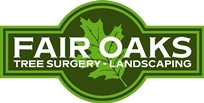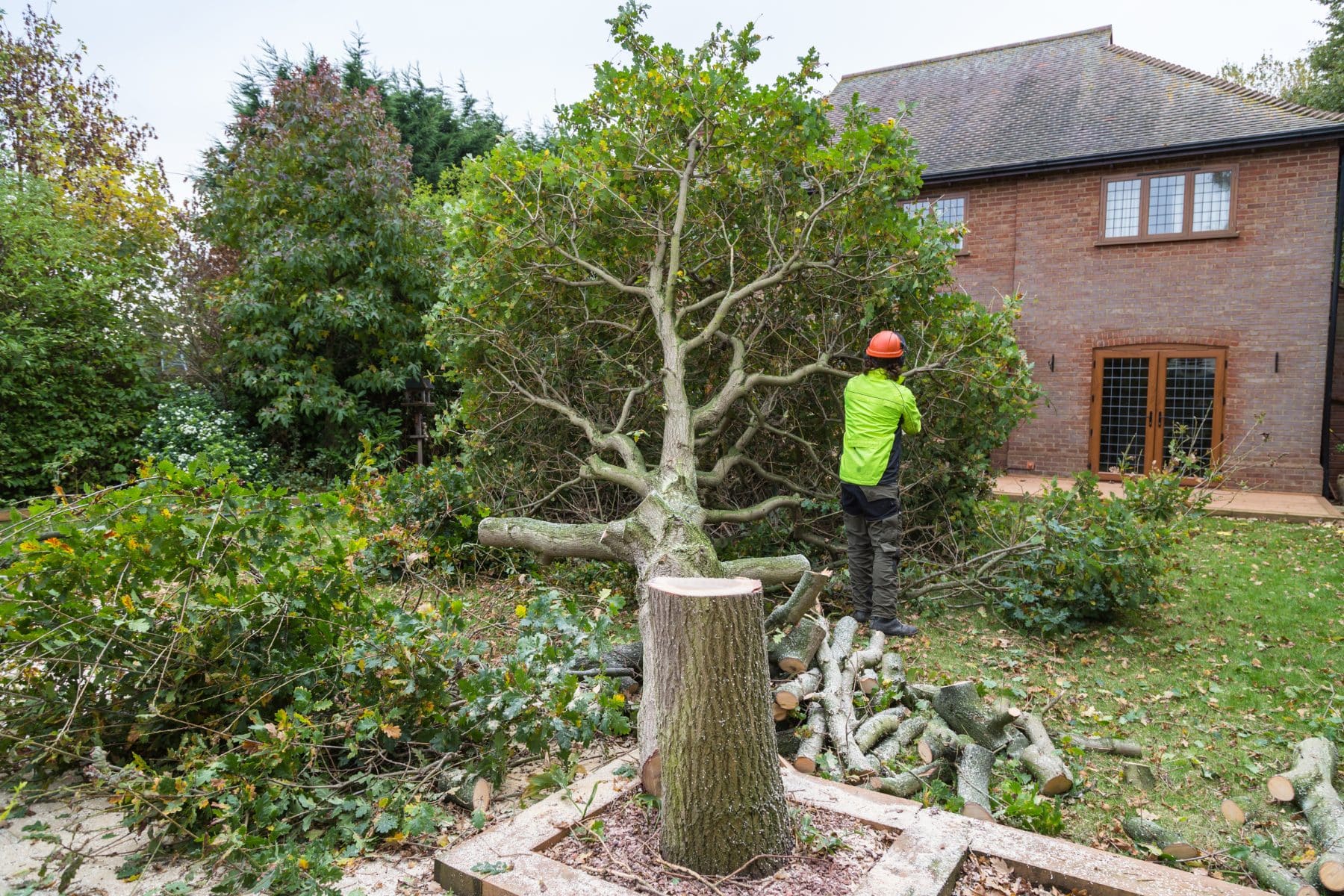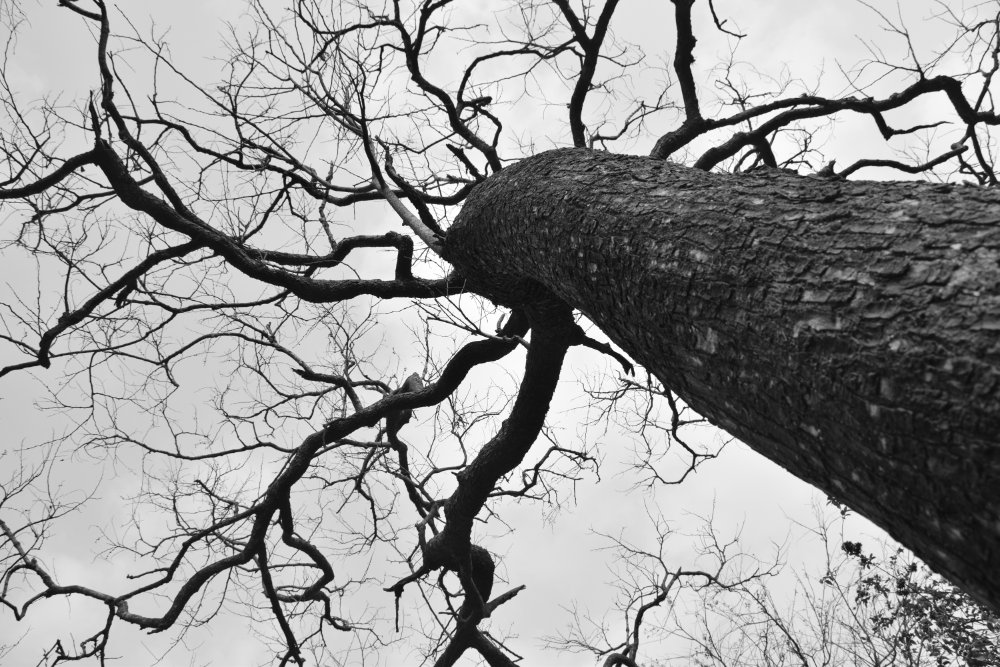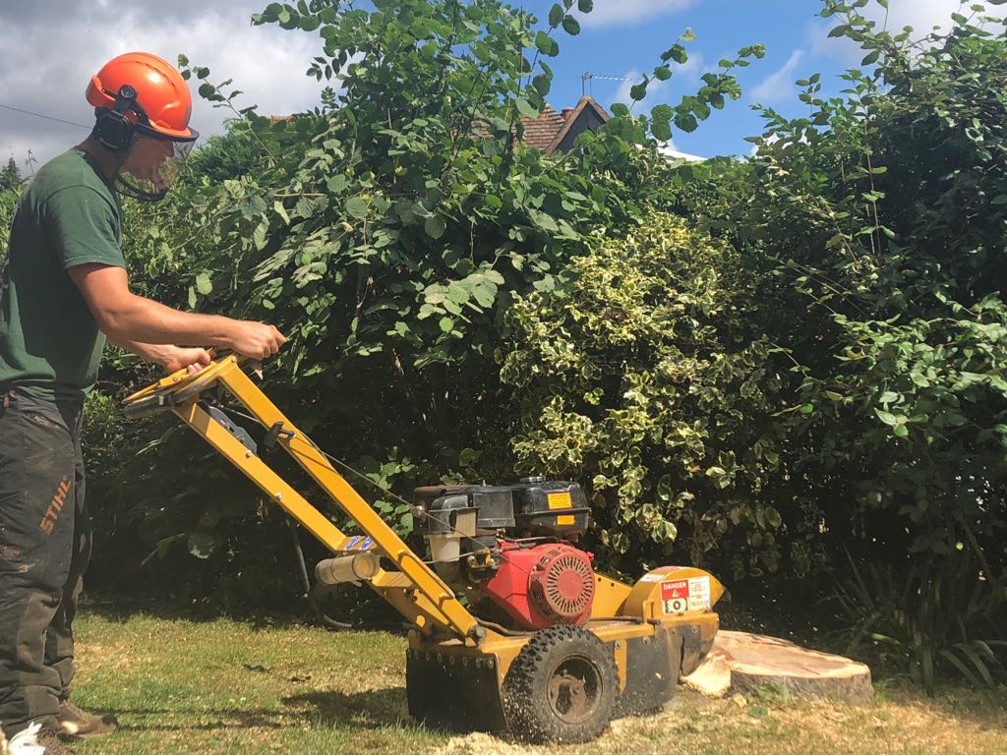Trees can easily become overgrown or unstable if their growth and health aren’t properly managed. Many property owners end up felling trees when options like crown reduction services are available. The aim is that new foliage grows and develops towards the middle of the crown to maintain the natural shape of the tree.
If you’re unsure about when this type of tree pruning solution is needed, here are some of the signs you need a crown reduction.
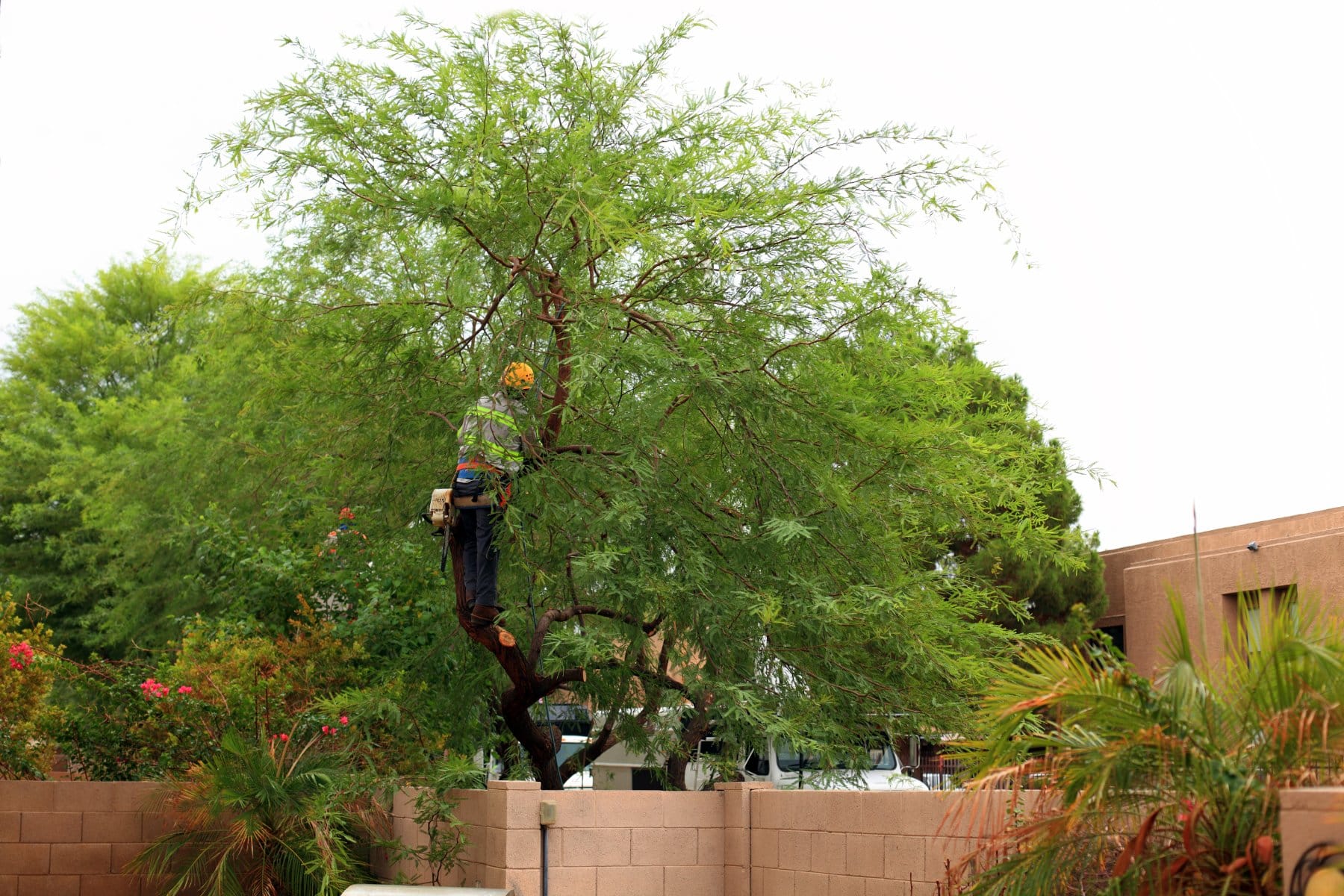
A tree’s height & spread is out of control
While crown reductions are sometimes more drastic than other solutions, it’s one of the best ways to reduce the height and spread of the canopy when it’s grown too large for its surroundings. Reductions are often preferred to topping as the results are more natural in appearance.
However, careful pruning must be applied, so hiring a domestic or commercial tree surgeon is essential. If you don’t use the services of an expert, large pruning wounds could lead to tree decay, and there are certain trees that a reduction isn’t suitable for.
Reductions should never cause unnecessary stress to a tree or create more problems with its future growth, so this service should only be chosen under the right circumstances.
There are lots of decaying tree branches
Crown reductions can improve the health of your trees by removing damaged, diseased or decaying branches. If left untreated, they could break off (especially in stormy weather) and cause damage to nearby buildings or anyone below the tree. Crown reductions may also help keep excessive root growth under control, protecting building foundations.
As well as reducing the risks of falling branches, crown reductions can stop ‘sail’, which can make trees more vulnerable to storm damage. Crown thinning also produces this result using more subtle methods, so ask a tree surgeon to assess your trees to identify the best solution.
It’s the right time of year
Using the services of an expert tree surgeon can reduce damage to trees caused by amateur pruning techniques that worsen the health, growth and stability of the structure. For example, crown reductions are often not a good idea in spring as it can lead to the tree ‘bleeding’ with sap.
A better time of year for a crown reduction is when it’s dying back, helping to promote new growth in targeted areas by removing any deadwood. Your tree surgeon can advise about the best approach, even if it means waiting until another season or choosing a different tree pruning method for the time being.
Get advice from a qualified tree surgeon
Need more advice? At Fair Oaks Tree Services, we specialise in all types of tree care solutions, from crown reductions to stump removals. We work throughout London and Surrey locations, including Banstead and Esher.
For more information or to request a tree assessment, call now on 07780 445079. Alternatively, please message us at info@fairoakstreeservices.co.uk.
